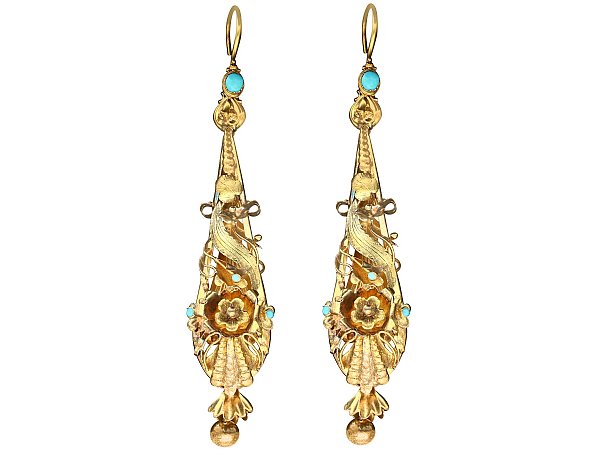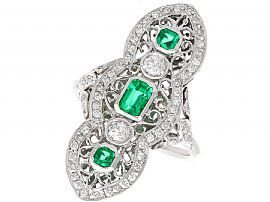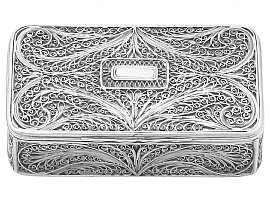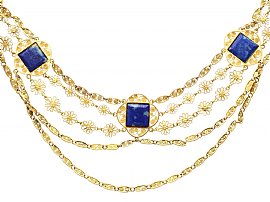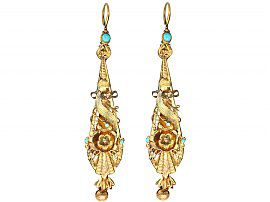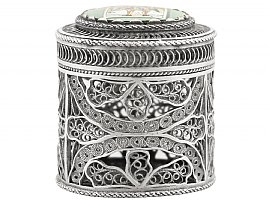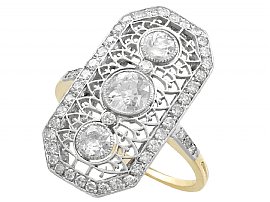What Is Cannetille Jewellery?
Jewellery that features cannetille work is often mistaken for filigree detailing, as the two have several common features. Cannetille work is adapted from a style of fabric embroidery; featuring wire and metal sheeting crafted into delicate twists. Filigree detailing is much the same, with the key difference being the forms made by each style of wire/metal work. Where filigree jewellery is a single layer that lies flat, cannetille work often takes 3 dimensional forms, such as domes, flowers, shells and scrolls.
The most popular era for cannetille jewellery was the Georgian era, roughly spanning from the 1720s through to the 1820s. Jewellery from this time period was heavy, with large designs and lots of yellow gold.
Highly detailed pieces of jewellery, Georgian pieces often featured handcrafted gold wire, sometimes set with large precious and semi-precious gemstones. Although these pieces can be rare to find today, they are highly popular and ornate specimens that are desired by many collectors.
There are two main types of cannetille work that can be defined by their method of fabrication. Thread cannetille is more lightweight, where the metal threads are created to be very fine, with other ornamentation such as gemstones soldered onto the piece.
The second category of cannetille is called plate cannetille. In this jewellery, thin plate is used in the place of the metal thread fame previously mentioned. This method of fabrication was the preferred method for making larger piece of jewellery.
How to Identify Cannetille Jewellery
Cannetille jewellery was not made in the same quantities after the Georgian period as it previously had been, and so beginning with the general age of the piece is a helpful place to start. Beyond that, the three-dimensional shape and structures of cannetille are very identifiable. Yellow gold is always the dominant metal colour used in the creation of cannetille jewellery, with less common metals being silvers and sometimes iron.
